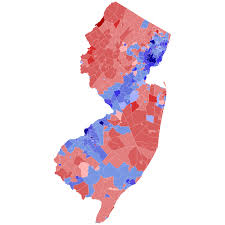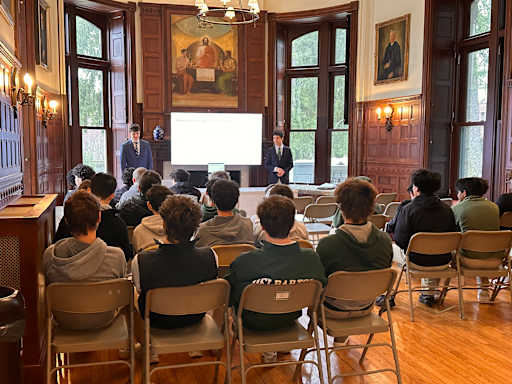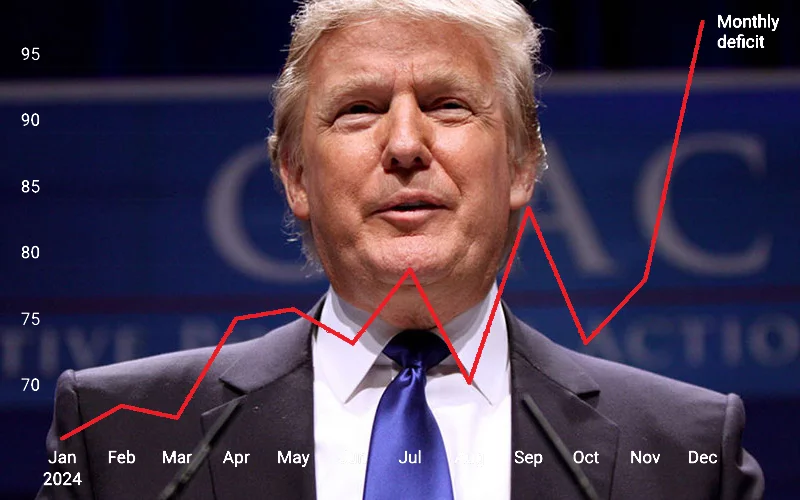On April 2, 2025, Trump announced “Liberation Day,” imposing a “reciprocal” tariff of 10 percent on all imports into the country, with some nations facing much steeper levies, effective April 5. Economists began to question whether the “whole earth” needed to feel the effects of the tariffs, given that Trump placed a tariff on Heard Island and McDonald Islands, which are inhabited only by livestock animals. More seriously, the tariffs caused the stock market to lose six trillion dollars, as other countries began retaliating against the U.S.
It is important to define and establish the real intention behind the president’s reciprocal tariff. Trump stated that his tariff was intended to match how other countries treat the U.S. and to reverse unfair trade practices. However, the reciprocal tariff was not based on other countries’ tariffs or financial obstacles to U.S. trade. In reality, the tariff was constructed based on the U.S. trade deficit — meaning the difference between what the U.S. sells to and purchases from a country. Many continue to question the president’s decision because, although he promises the American people that “the markets are going to boom,” when the stock market crashes, his response is to simply “be cool.” The truth is, the American people cannot be expected to “be cool” when the economy is failing and people are enduring harsh consequences. Ultimately, it is not just Americans feeling the impact of the tariffs — the entire world is.
The impacts of the tariffs include a negative effect on the global economy, a tenuous state of relationships with allies, and damaging consequences for everyday Americans.
First, the International Monetary Fund (IMF) predicts global growth to decrease from around 3% to 2.8%. Top economists believe these tariffs mark the beginning of a new era in the global economy. With the U.S. contributing significantly to global economic activity, the rise of tariffs will make foreign goods more expensive for Americans.
As a result, domestic companies will face less competition and therefore feel less pressure to innovate. While American entities may see a short-term decline in competitors, there will be a major slowdown in production worldwide. For instance, even if trade occurs directly between two countries, goods often pass through several intermediaries. Under Trump’s tariffs, any country acting as an intermediary will assume additional costs. Eventually, the consumer pays the price because products become more expensive, leading to reduced consumer spending. In the worst-case scenario, the economy faces both a decline in supply and, especially, demand for goods. American businesses that outsource to Chinese manufacturers and other countries for materials will likely have to pay more or even risk having their contracts terminated.
Another harmful impact of Trump’s tariffs will be on smaller nations. For example, Lesotho, which faced a 50% tariff, will grapple with a struggling economy due to its heavy reliance on textile and diamond exports to the U.S., sectors that make up a tenth of its already small economy. For other small countries in similar positions, the tariffs will cause a widespread decline in jobs and economic stability. However, some economists argue that Trump’s actions present a potential opportunity for nations to develop new alliances and trade relationships.
On March 30, China, Japan, and South Korea met to devise a plan of action against Trump’s tariffs. Their partnership signals the formation of new alliances aimed at countering Trump’s economic impact. The three nations agreed to strengthen supply chain cooperation and increase trade among themselves. They announced plans to accelerate their free trade agreement to boost regional and global trade. The collaboration between these historically strained nations signals a notable shift in international relations.
Many foreign relations experts are analyzing the implications of these new alliances, specifically whether the U.S. is becoming the common enemy uniting several nations. Some economists also believe Trump’s tariffs offer African nations a new opportunity to strengthen their intra-continental alliances. For generations, Africa has looked to the U.S., particularly after the introduction of the African Growth and Opportunity Act (AGOA) in 2000. However, Trump not only imposed harsh tariffs on nations like Lesotho, South Africa, and Kenya, but effectively ended AGOA altogether. Consequently, Africa now finds itself in a position to do what many argue it should have done long ago — expand its intra-African trade network. Alternatively, African nations may continue deepening engagement with China through the Belt and Road Initiative (BRI) following the U.S.’s withdrawal. These developments indicate a broader shift in global foreign relations and an increasing isolation of the U.S.
Overall, Trump’s tariffs will continue to devastate the global economy while straining U.S. relations abroad, thereby posing a greater threat to democracy. At the end of the day, Americans suffer great losses as well — The Tax Foundation predicts the average American household’s taxes will increase by approximately $1,253. With that, many continue to question whether Trump’s so-called “Liberation Day” is actually liberating, and whether Americans are truly being put first, as he promised during his campaign. His insidious claims about China being a nation of “peasants” provoke further inquiry into the legitimacy of his tariffs: are they truly about securing American prosperity, or simply another way for Trump to get over on China?































